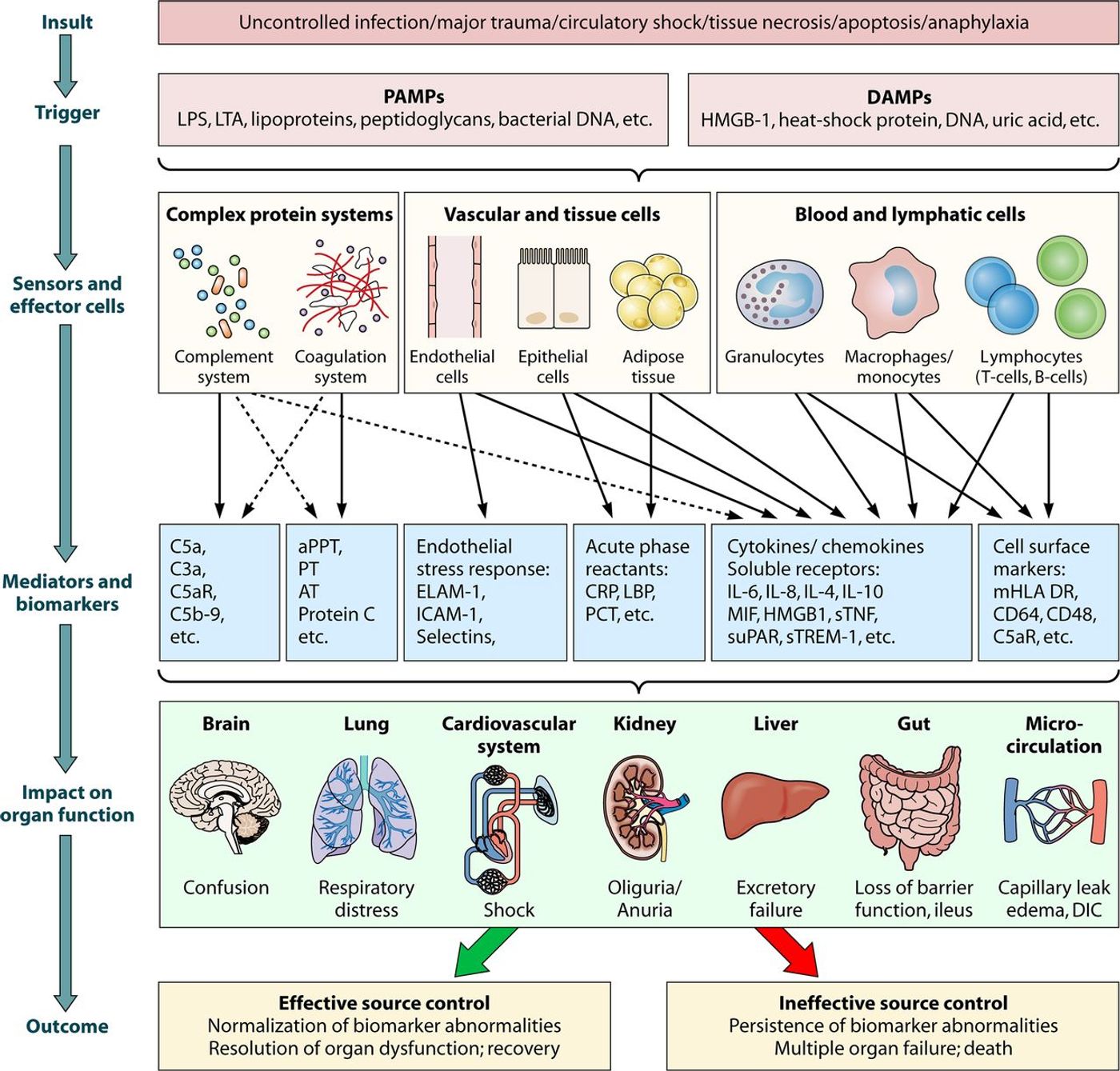The immune system is usually equipped to handle most bacterial infections, but certain cases of severe infection can leave a person extremely vulnerable when certain blood cells fail to be continuously produced. In a new study from Indiana University, researchers looked at the errors that occur in a molecular signaling system to see what goes wrong.
“Sepsis” describes the immune response to a severe bacterial infection, hospitalizations for which have more than doubled between 2000 and 2008. With an alarming mortality rate between 40 and 60 percent, scientists are largely invested in figuring out what pushes the immune system into an error-prone emergency mode where the activity of both immune cells and blood-producing, bone marrow-originating hematopoietic stem cells are inhibited.
“More research is needed to better understand this process and develop better, and much needed, therapeutic strategies for sepsis,” said Nadia Carlesso, MD, PhD from the Indiana University School of Medicine.
In a unique study that focused on the early stages of acute infection rather that late stages of sepsis, researchers looked at the molecular signaling system in mice models of sepsis thought to be responsible for suppression of key cells. If scientists can determine if the acute infection stage is where the system starts to err, intervention at this stage could potentially prevent a severe septic response from occurring in the body.
First, the researchers discovered the details of the relationship between immune cells, hematopoietic stem cells, and the molecular signaling system during sepsis. For whatever reason, errors in signaling led to hematopoietic stem cells failing to produce mature neutrophils, immune cells vital for the clearance of bacteria from the body.
Based on this finding, the researchers then studied the role of another player in the immune system called toll-like receptor 4 (TLR4). TLRs are charged with the sentinel duty of detecting invading bacteria and sending signals to warn the immune system. As part of a healthy immune response, TLR4 activates two signaling pathways that lead to the production of neutrophils during an infection. During massive bacterial infections, two different molecules downstream of TLR4 prevent proper signaling, leaving TLR4 and the associated molecules responsible for inhibiting neutrophil production as well as damage to hematopoietic stem cells in the bone marrow.
What scientists learned from this study and what we can take away is this: the immune system is far from perfect. Even so, identifying and understanding when and how it falls short allows researchers to step in and improve the natural process with tools in modern medicine.
This study was published in the journal
Stem Cell Reports.
Sources:
Indiana University









